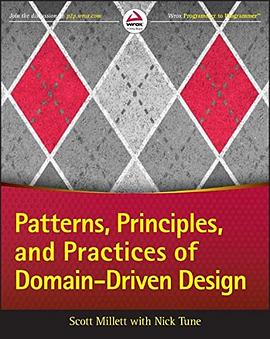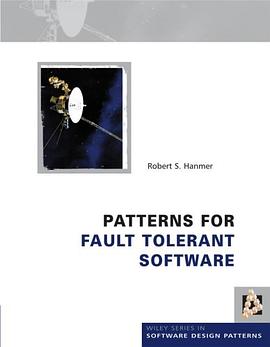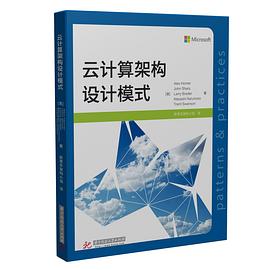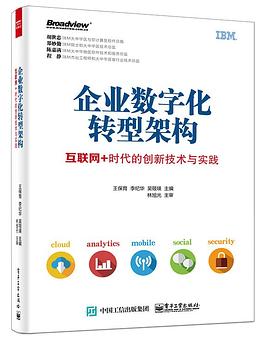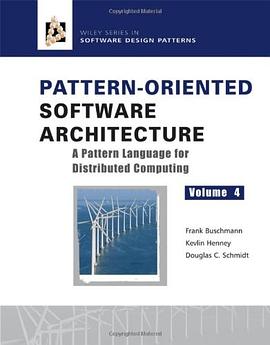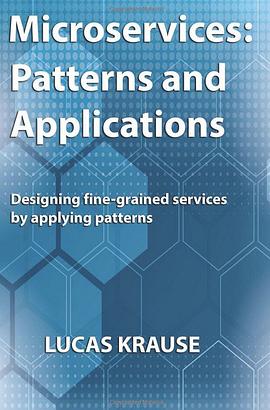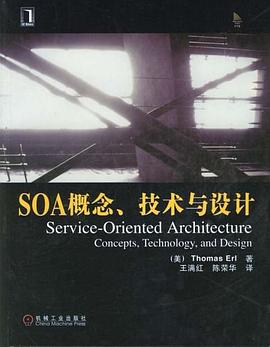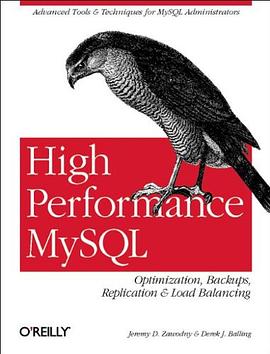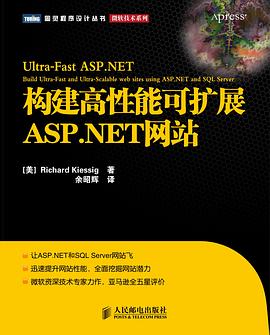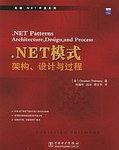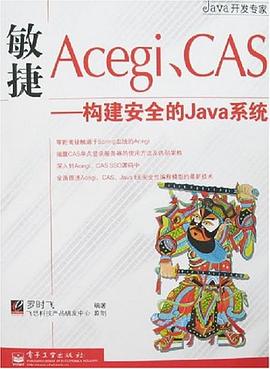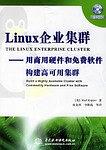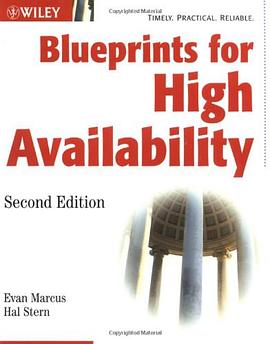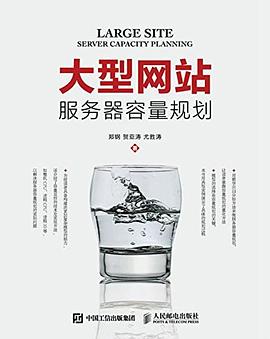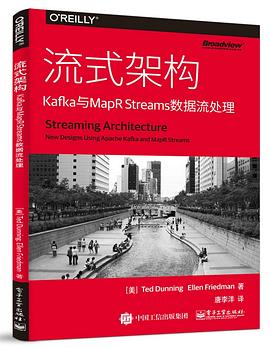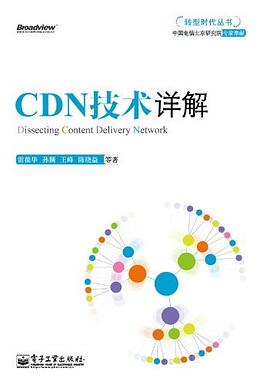

Enterprise architecture defines a firm’s needs for standardized tasks, job roles, systems, infrastructure, and data in core business processes. Thus, it helps a company to articulate how it will compete in a digital economy and it guides managers’ daily decisions to realize their vision of success. This book clearly explains enterprise architecture’s vital role in enabling—or constraining—the execution of business strategy. The book provides clear frameworks, thoughtful case examples, and a proven-effective structured process for designing and implementing effective enterprise architectures.
chapter 2: introduce the first discipline for creating the foundation for execution: the operating model and its two key dimensions—business process standardization and integration. Four different types of operating models are described: Unification, Coordination, Replication, and Diversification.
Chapter 3: introduce the second discipline for creating the foundation for execution: the enterprise architecture. The key elements—digitized business processes, IT infrastructure, shard data, and customer interfaces—are indentified and linked in the enterprise architecture. The one-page core diagram is introduced, and comparative diagrams are developed for each of the four operating models.
Chapter 4: the four stages of enterprise architecture maturity: business silos, standardized technology, optimized core, and business modularity.
Chapter 5: how companies get unique business benefits at each of the four stage s of maturity by using various management practices and roles. We explain how achieving these benefits require implementing different management mechanisms at each stage to formalize organizational learning.
Chapter 6: The third discipline for creating the foundation for execution: the IT engagement model. The IT engagement model has three ingredients; IT governance, project management, and linkages connecting the two. A good engagement model enables a company to build its foundation one project at a time.
How outsourcing can contribute to enterprise architecture maturity but warn that outsourcing success is far from guaranteed. To improve the likelihood of success, we show how to use the operating model and enterprise architecture to determine what and when to outsource. We distinguish between three different types of outsourcing—strategic partnerships, co-sourcing alliances, and transaction relationships.
Chapter 8: make the urgent case for increased agility in companies that must compete in a global economy.
Chapter 9: summarizes the key ideas in the book with a review of the symptoms of an ineffective foundation for execution. We follow with a set of six steps for rethinking your foundation for execution. Then we provide ten leadership principles for building and leveraging a foundation for execution.
具體描述
讀後感
評分
評分
評分
評分
用戶評價
感覺不實用
评分感覺不實用
评分感覺不實用
评分感覺不實用
评分企業架構遠不隻是個IT問題
相關圖書
本站所有內容均為互聯網搜索引擎提供的公開搜索信息,本站不存儲任何數據與內容,任何內容與數據均與本站無關,如有需要請聯繫相關搜索引擎包括但不限於百度,google,bing,sogou 等
© 2025 qciss.net All Rights Reserved. 小哈圖書下載中心 版权所有

